The world’s second-largest money transfer provider, which filed a data breach notice with U.K. authorities, serves over 50 million people.


AIs have a big problem with truth and correctness – and human thinking appears to be a big part of that problem. A new generation of AI is now starting to take a much more experimental approach that could catapult machine learning way past humans.
Remember Deepmind’s AlphaGo? It represented a fundamental breakthrough in AI development, because it was one of the first game-playing AIs that took no human instruction and read no rules.
Instead, it used a technique called self-play reinforcement learning to build up its own understanding of the game. Pure trial and error across millions, even billions of virtual games, starting out more or less randomly pulling whatever levers were available, and attempting to learn from the results.
Quantum computers have the ability to harness the mysterious effects of quantum physics, making them a game changer for science. Professor Hannah Fry explains how they work on The Future with Hannah Fry.
With the promise of unimaginable computing power, a global race for quantum supremacy is raging. Who will be first to harness this new technological force, and what will they do with it?
——-
Like this video? Subscribe: https://www.youtube.com/Bloomberg?sub_…
Get unlimited access to Bloomberg.com for $1.99/month for the first 3 months: https://www.bloomberg.com/subscriptio…
Bloomberg Originals offers bold takes for curious minds on today’s biggest topics. Hosted by experts covering stories you haven’t seen and viewpoints you haven’t heard, you’ll discover cinematic, data-led shows that investigate the intersection of business and culture. Exploring every angle of climate change, technology, finance, sports and beyond, Bloomberg Originals is business as you’ve never seen it.
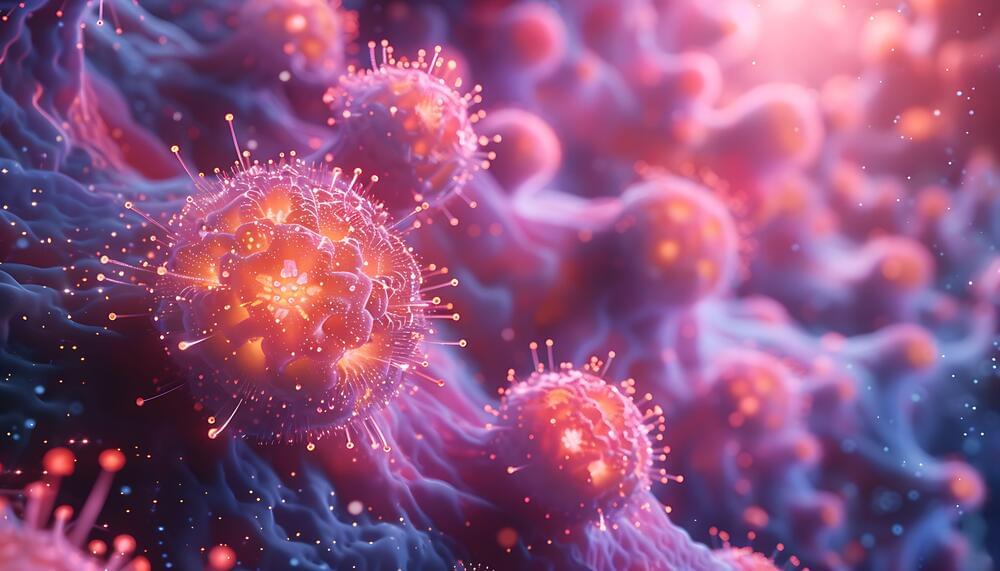
Immunotherapies are the cornerstone of treatment for multiple myeloma (MM), demonstrating clinically meaningful improvements in response rates and progression-free survival (PFS) through the use of more precise, targeted therapies.
Experts discuss immunotherapy advancements and challenges of resistance, efficacy, and toxicity in patient management.
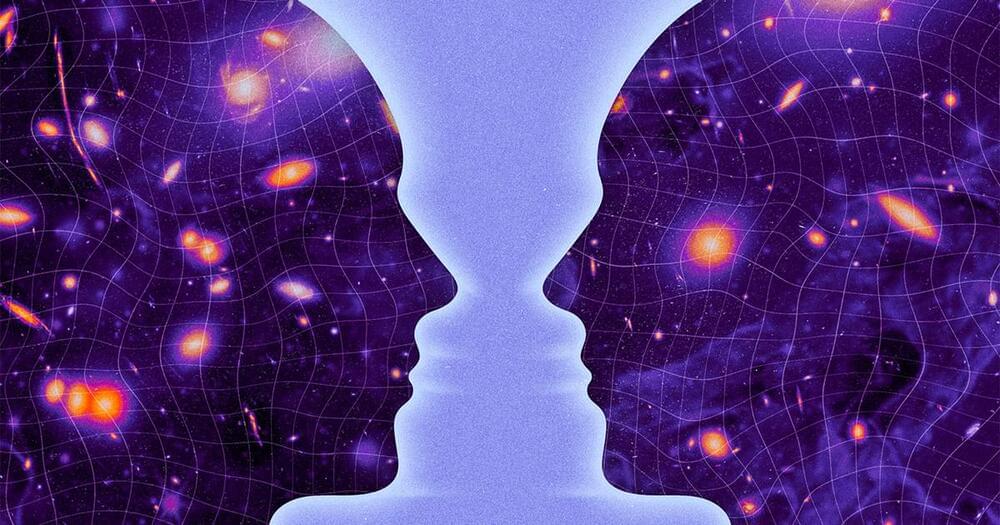

“A man, who originally came from Iran, shook the hand of Hezbollah leader Hassan Nasrallah and managed to smear a substance on him that allowed Israel to track him, according to a media report quoting sources.”
(MENAFN- IANS) Beirut, Sep 30 (IANS) A man, who originally came from Iran, shook the hand of Hezbollah leader Hassan Nasrallah and managed to smear a substance on him that allowed Israel to track him, according to a media report quoting sources.
Due to the fact that the body of the Hezbollah leader was exhumed intact, there are increasing estimates that Nasrallah died as a result of suffocation, in great agony, as reported on Sunday evening by channel 12 News.
It was also reported that as he was in a place without ventilation, the Air Force bombings resulted in gases entering the room, causing him to suffocate to death, Saudi Al Hadath news channel reported.
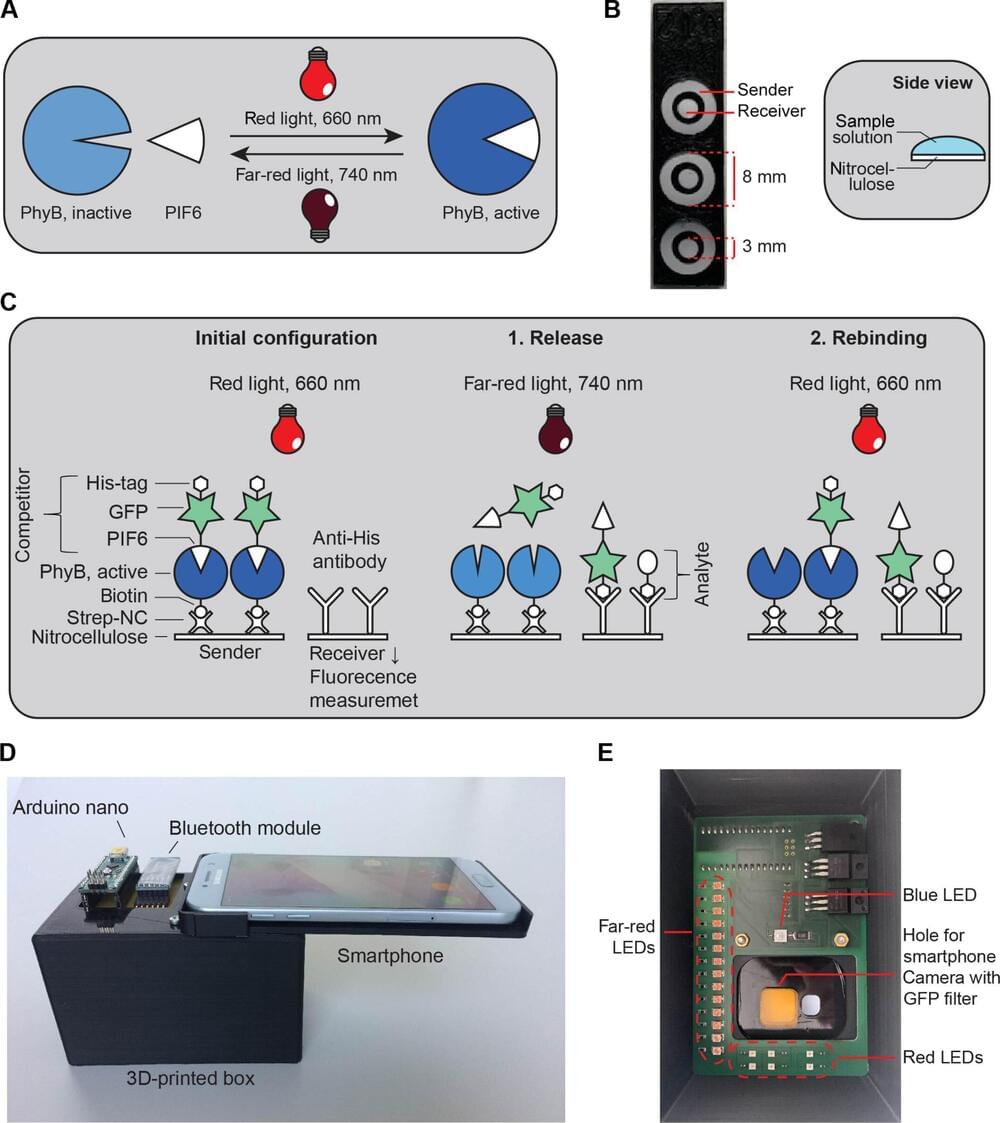
These OptoAssays allow for the bidirectional, light-induced movement of biomolecules and the reading of test results without the need for additional mechanical washing steps.
An OptoAssay uses a sender and a receiver area, which are brought into contact by adding the test reagent. In the sender area, there is a special protein that reacts to light. This protein can either bind or release specific molecules, depending on the type of light it captures.
When an LED emits red light at a wavelength of 660 nanometers, the molecules bind to the protein. Upon switching to far-red light with a wavelength of 740 nanometers, the molecules detach from the protein. In the receiver area, there are antibodies specifically designed to recognize and capture the target protein in the test reagent.
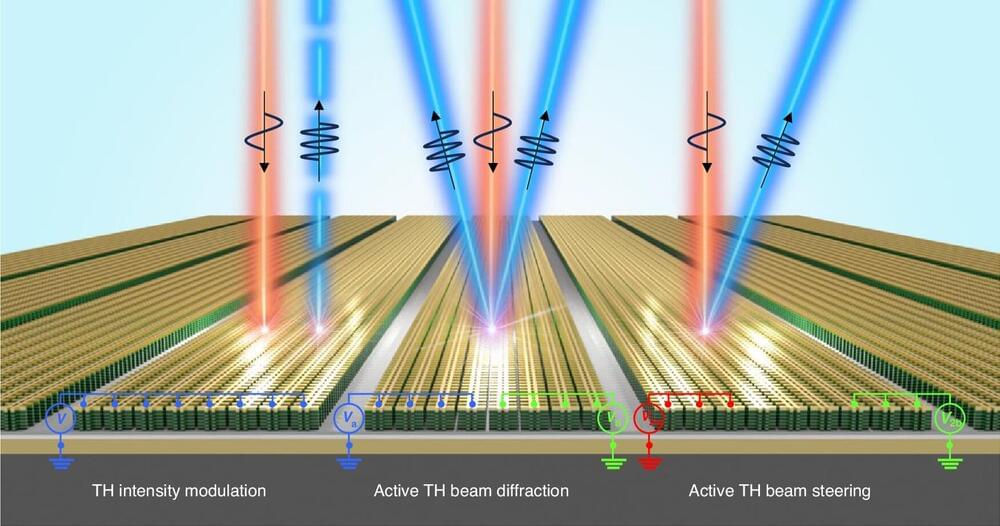
A recent study has unveiled a transformative nonlinear optical metasurface technology. This new technology, characterized by structures smaller than the wavelength of light, paves the way for significant advancements in next-generation communication technologies, including quantum light sources and medical diagnostic devices.
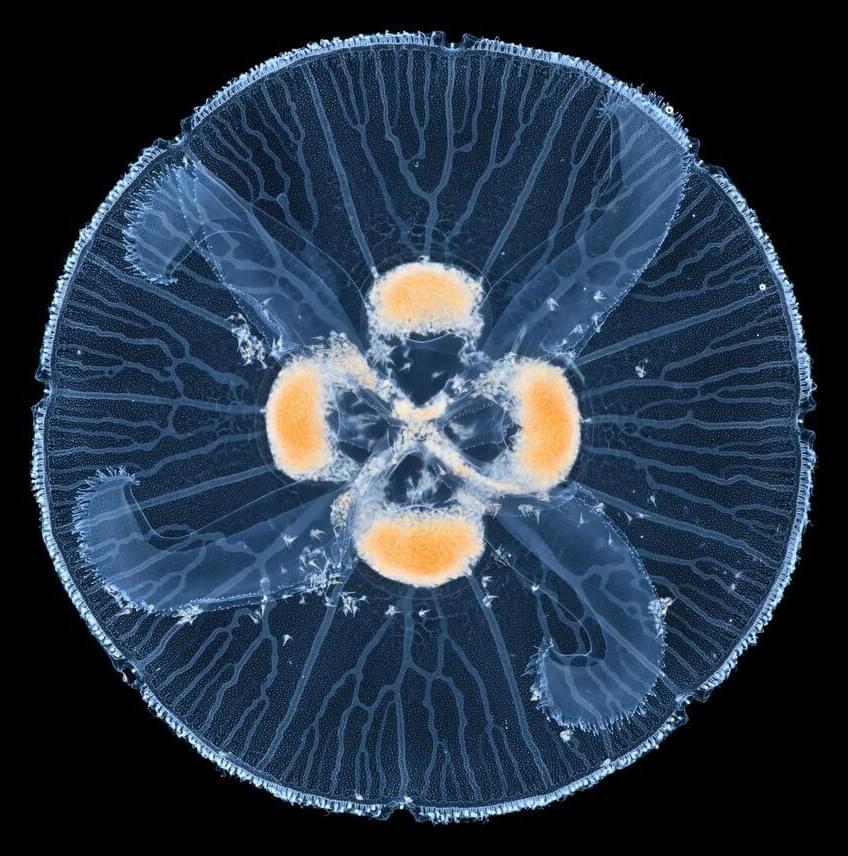
An international team of researchers described how loops, crucial for the stability of such networks, occur in transport networks found in nature. The researchers observed that when one branch of the network reaches the system’s boundary, the interactions between the branches change drastically. Previously repelling branches begin to attract each other, leading to the sudden formation of loops.
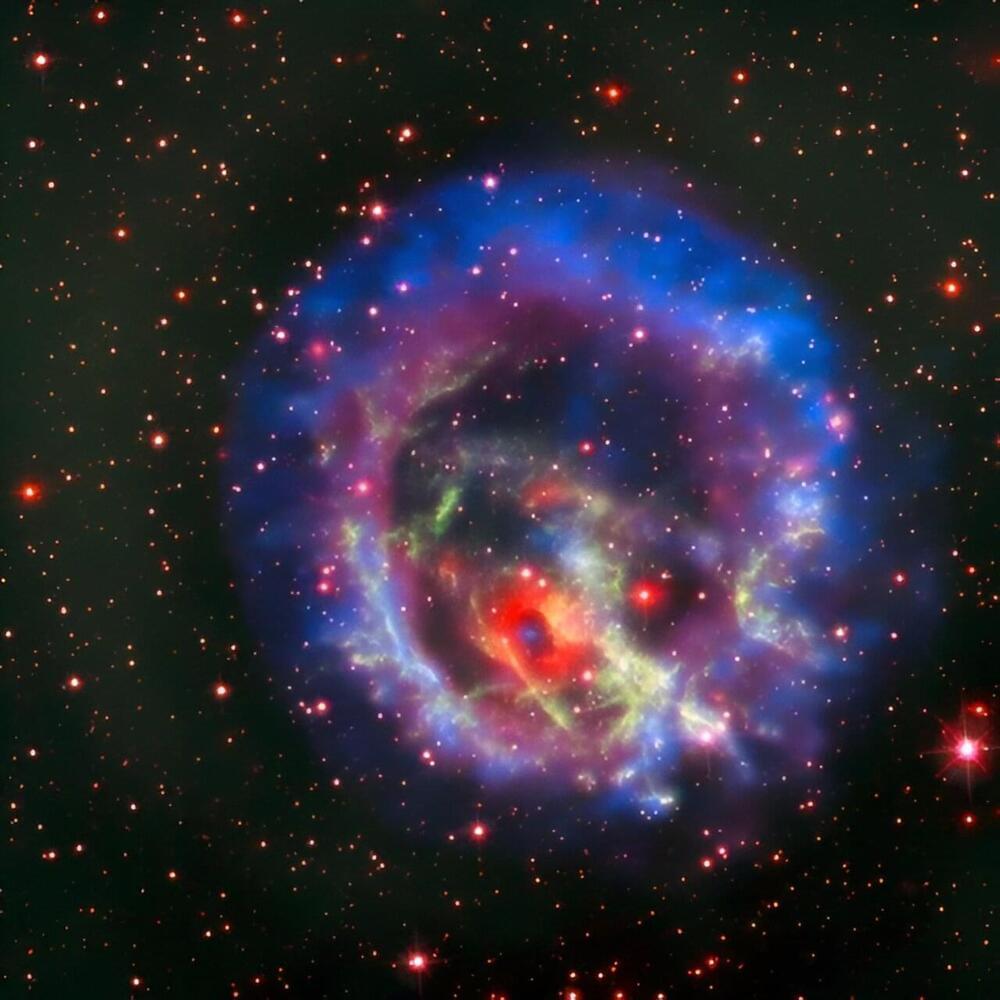
Lab experiments around the globe that are gearing up to recreate the mysterious phase of matter found in the early universe could also produce the world’s strongest electromagnetic fields, according to a theoretical analysis by a RIKEN physicist and two colleagues. This unanticipated bonus could enable physicists to investigate entirely new phenomena.